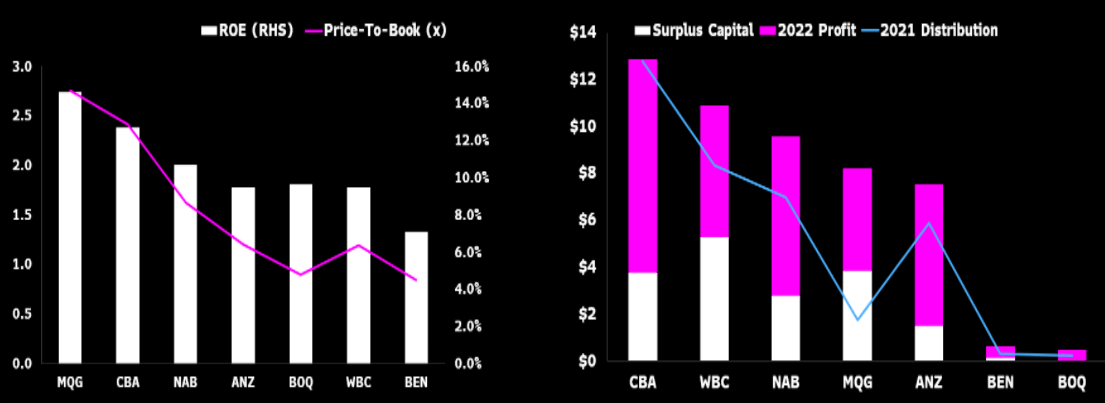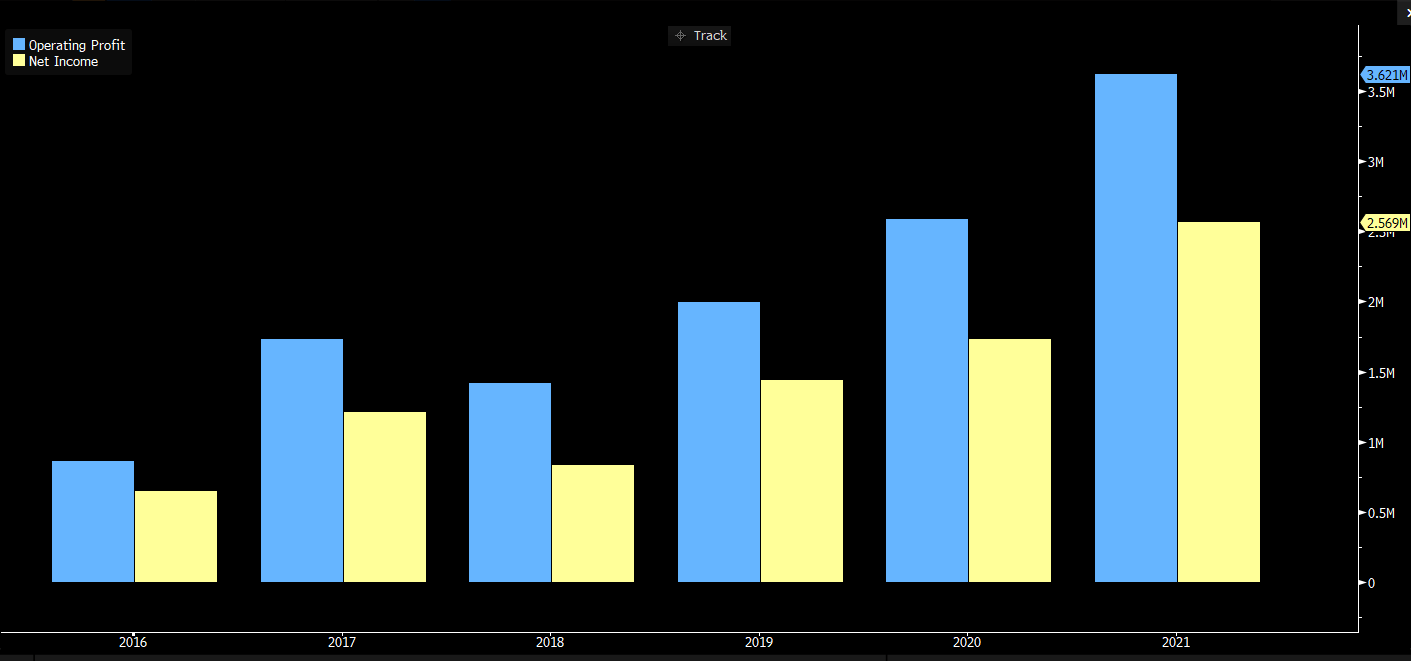The IAM 6% Club party gets pumpin’ as Macquarie Group comes to play

Pic: Getty Images
Income Asset Management (ASX:IAM) is a fixed income specialist and funds management incubator, which specialises in showing fixed income investors that bonds, cash, debt capital markets, treasury management, and Asset Management solutions can offer better returns than a boomerang. The goal of The IAM 6% Club endeavour is to showcase to you how to achieve a fixed income of 6%, just like it says on the tin.

- Growth rather than inflation a main concern of investors
- Macquarie Group launches a Tier 2 security for fixed income investors
- Macquarie now has a ROE higher than all the Australian big 4 banks
This year is shaping up to be a tough one for investors, with the elevated volatility that kicked off in late February remaining in place through May.
Income Asset Management (ASX:IAM) Credit Strategist Matthew Macreadie says the stormy waters have seen investment-grade credit benefit from a compelling yield story as 6%+ becomes the new norm.
Macreadie says there are now great choices for fixed income investors wanting to join The IAM 6% Club or even achieve a higher yield depending on risk appetite.
“Geopolitical risk remains, inflation prints remain elevated and while we may be nearing a peak in headline inflation the impacts continue to be felt across various markets,” he says.
“Central bank expectations continue to evolve globally and locally with the RBA likely to raise the cash rate next week.
“COVID-19 concerns remain with significant lockdowns in China adding to inflation pressure.”
However, Macreadie says the market is becoming increasingly clear that global growth rather than inflation is now primarily the focus on investors’ minds.
“In this environment, investment-grade credit tends to perform well, and those 6%+ opportunities evaporate quickly – meaning investors should look to get set in these securities.
Macquarie comes to party
Leading Australian diversified financial company Macquarie Group (ASX:MQG) came to the market this week with a Tier 2 security – a fixed and floating tranche, with the fixed tranche offering a 6%+ yield.
Macquarie continues to outperform and has been exceeding market expectations each earnings results period.
“In relative value terms, the 6% yield offered considerable value for Macquarie Bank’s credit quality, which was tested during the GFC,” Macreadie says.
However, Macquarie managed to steer through the crisis without reporting net losses.
“Effective risk management helped to limit trading and investment losses and a strong balance sheet also helped mitigate any liquidity problems,” Macreadie says.
He also says Macquarie’s CET1 ratio, which compares the bank’s capital against its assets, is comfortable at 11.5%.
“The bank is APRA regulated, and more safeguards are in place with the APRA guided addition of three independent non-executive directors who are to only join the bank board”.
Demand may shed light on interest rate moves
Macreadie says demand has been strong for Macquarie’s security, with investor interest of more than $1 billion.
“A lot of this interest was placed in the fixed tranche, which could be a lead indicator of where investors see interest rates heading from here,” Macreadie says.
He says Macquarie now has a Return on Equity (ROE) higher than all the Australian big 4 banks as well as a surplus capital balance above $4 billion, second only to Westpac Banking Corporation (ASX:WBC) but ahead of Commonwealth Bank of Australia (ASX:CBA), National Australia Bank (ASX:NAB) and Australian New Zealand Banking Group (ASX:ANZ).
Chart 1: Macquarie ROE and Surplus Capital versus Peers

The high ROE and surplus capital have been a direct result of the company’s continued strong profit generation which flows through to retained earnings and equity.
Chart 2: Macquarie Operating Profit and Net Income shows continued strong growth

This story was developed in collaboration with Income Asset Management, a Stockhead advertiser at the time of publishing.
This story does not constitute financial product advice. You should consider obtaining independent advice before making any financial decisions
Related Topics
UNLOCK INSIGHTS
Discover the untold stories of emerging ASX stocks.
Daily news and expert analysis, it's free to subscribe.
By proceeding, you confirm you understand that we handle personal information in accordance with our Privacy Policy.








